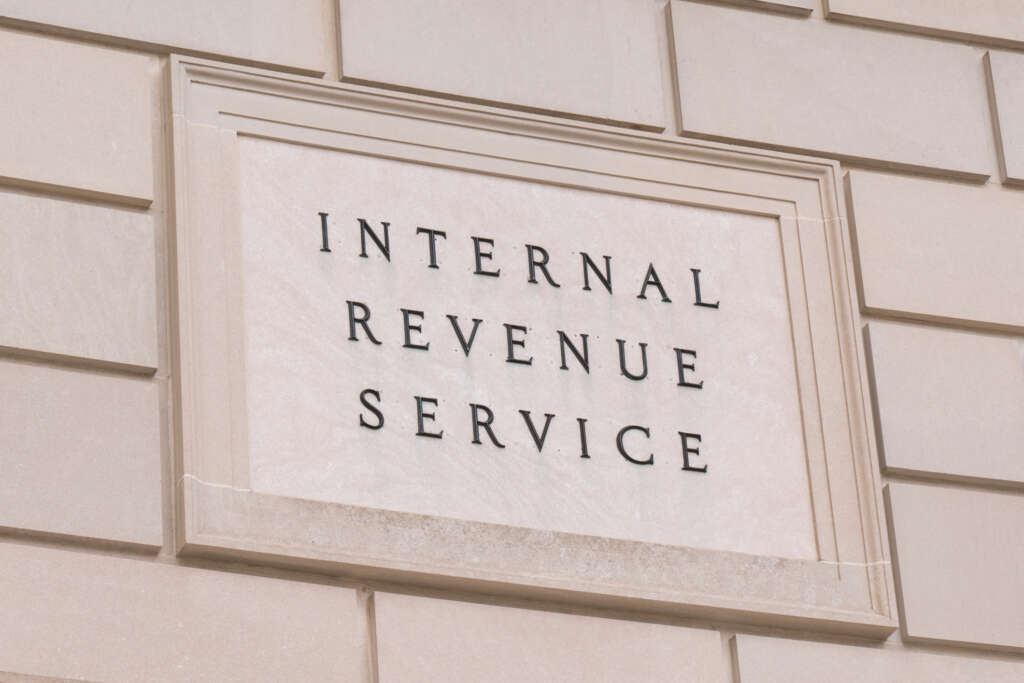
The Internal Revenue Service is preparing for a tax season that will look quite different for 2025, with the coming expansion of the agency’s Direct File program and other modernization efforts — but also a looming possibility of further IRS spending cuts led by Republican lawmakers.
For the 2025 tax filing season, the IRS’ Direct File program will be available in 25 states, more than doubling the 12 states where the IRS-run online filing system was an option for taxpayers in 2024. The IRS will begin accepting tax returns on Jan. 27.
“This year, we are prepared to deliver another successful filing season and build on the accomplishments of the last two years in several critical areas,” IRS Commissioner Danny Werfel told reporters during a press conference Friday.
After citing the success of the Direct File program in 2024, more than 30 million taxpayers will now be able to use the system across the 25 states that opted in, the Treasury Department estimated. The IRS also plans to build on several other modernization efforts for 2025, including expanding its data import tool, covering more types of tax situations in Direct File, updating the “Where’s My Refund” tool, allowing more access to tax forms on mobile devices, and broadening alerts for potential tax scams.
But the future of the agency’s modernization efforts and the Direct File program is up in the air, with President-elect Donald Trump on the verge of his inauguration and the recent start of a new Congress with a Republican majority. Nearly 30 GOP lawmakers have already called on Trump and the Department of Government Efficiency to kill the Direct File program in an executive order on his first day in office.
Werfel’s term runs through November 2027, but he declined to elaborate on his future at the agency. In December, Trump announced his intent to nominate former Rep. Billy Long (R-Mo.) to serve as IRS commissioner.
Werfel said the potential cuts would significantly limit the IRS’ modernization efforts and cause the agency’s progress over the last few years to backslide.
“Our ability to continue making progress on all these fronts can only happen if the IRS receives a consistent, reliable funding stream,” Werfel said. “The decision about whether to adequately fund the agency comes down to a fundamental choice — whether or not we can and should have an IRS that you can easily interact with to help meet your tax responsibilities, that can quickly and effectively address tax scams that exploit vulnerable populations and that can deliver updated IT infrastructure and modern technology platforms capable of supporting our work to modernize the agency.”
To rebuild its workforce and modernize its legacy IT, the IRS initially received an $80 billion supplemental funding package as part of the 2022 Inflation Reduction Act. But Congress has since cut 50% of the agency’s multiyear modernization funds, with some lawmakers vowing to roll back the funding even further. Congress’ latest continuing resolution froze $20 billion from the initial IRS funding, leaving the agency with currently $40 billion to work on the modernization goals.
“We’ve had to curtail our overall modernization blueprint because the funding has been rescinded over the past three years in certain amounts,” Werfel said. “But where we stand today, if we can retain that $20 billion, it is a modernization plan that we can all be proud of.”
Over the past decade, understaffing led to prolonged wait times for assistance, delays in processing returns and refunds, and an increase in errors. But in the past few years, the IRS has been tapping into Inflation Reduction Act funds to increase staffing, especially for taxpayer services. Werfel said the additional funding has both helped the agency mostly eliminate delays and backlogs, as well as begin work on various modernization initiatives.
“If we don’t have the right staffing levels, the performance will backslide, and we will see inevitably slower processing delays and potential backlogs,” Werfel said. “We will also lose the funds to do the technology upgrades — many in the pipeline and ready to be delivered soon and in the coming months and years.”
Some Republican lawmakers have indicated their desire to further cut funding from the IRS, leaving the future of the agency’s workforce uncertain as well. In the case that funding is reduced, the IRS workforce would certainly be impacted, although Werfel said it’s too early to predict exactly what that would look like. But as an example, one of the first things that could happen under possible budget cuts would be a hiring freeze for the agency.
“We wouldn’t be able to hire when we lose people through attrition, whether retirement or otherwise,” Werfel said. “If people leave just because they retire or they take a different job, and we can’t hire behind them, that means we now don’t have the right number of people to answer all those phone calls and to maintain the level of service. And from there, you start seeing deeper consequences in our ability to hire and retain workers.”
For now, based on its current funding levels, the IRS said for the 2025 filing season it expects to continue providing “similar” levels of customer service, with wait times on the customer service line averaging under five minutes.
For the 2025 filing season, the following states will continue to have access to Direct File: Arizona, California, Florida, Massachusetts, Nevada, New Hampshire, New York, South Dakota, Tennessee, Texas, Washington State and Wyoming.
And the following states are new to Direct File for 2025: Alaska, Connecticut, Idaho, Illinois, Kansas, Maine, Maryland, New Jersey, New Mexico, North Carolina, Oregon, Pennsylvania and Wisconsin.
Copyright
© 2025 Federal News Network. All rights reserved. This website is not intended for users located within the European Economic Area.






